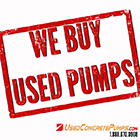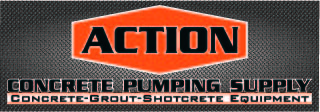| junhua | 04-09-2021 | comment profile send pm notify |
|
Concrete joints are used to compensate when concrete expands or shrinks with changes in temperature. Concrete joints are normally used to prevent cracks when the concrete shrinks by creating forming, tooling, sawing, and placing joint formers. The pre-planned cracks will provide a better finish concrete product and will be formed in specific locations where those cracks could be monitored. Sometimes because of the material and width or span of the concrete joints are required to improve the performance of the material and allow the materials to expand/contract or move without damaging other structures. Concrete Contraction JointsIntended to create a weakened area in the concrete and regulate where cracks will occur, normally in a straight line. Contraction joints should be placed to produce panels that are as square as possible and never exceed a length to width ratio of 1 ½ to 1. Joints are commonly spaced at distances equal to 24 to 30 times the slab thickness. Joint spacing that is greater than 15 feet requires the use of load transfer devices. Contraction joints may be tooled into the concrete surface at the time of placement. Joints may also be sawed into the hardened concrete surface. It is important to understand that the longer sawing is delayed, the higher the potential for cracks to establish themselves before sawing is complete. Concrete Expansion JointsConcrete expansion joints are used to separate slabs and concrete from other parts of the structure. Expansion joints allow independent movement between adjoining structural members, minimizing cracking when such movements are restrained. It allows for thermal expansion and contraction without inducing stress into the system. Why Do We Need Them?Construction joints are used in circumstances where two consecutive placements of concrete meet. Construction joints are normally placed at the end of the day or when concrete pour has been stopped for longer than the initial setting time of concrete. Construction joints should be designed and specified by a structural engineer. You can also achieve bond and continue reinforcement through a construction joint. If enough PCC is available at the end of the day, the construction joint can be placed at a planned transverse contraction joint. Placing TipsThe following recommended tips should be observed:
ToolsThe following tools are normally used to create concrete joints, although these tools might vary depending on the size and scope of the project. Here are the most commonly used tools:
|
||




















.jpg)
.gif)

.jpg)









.jpg)








